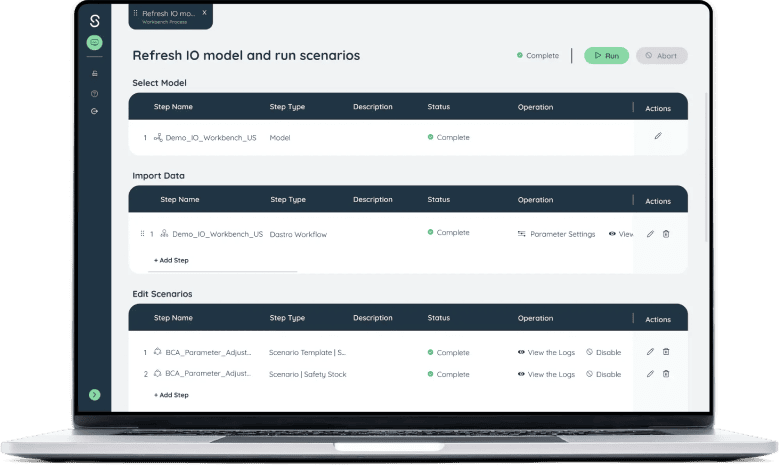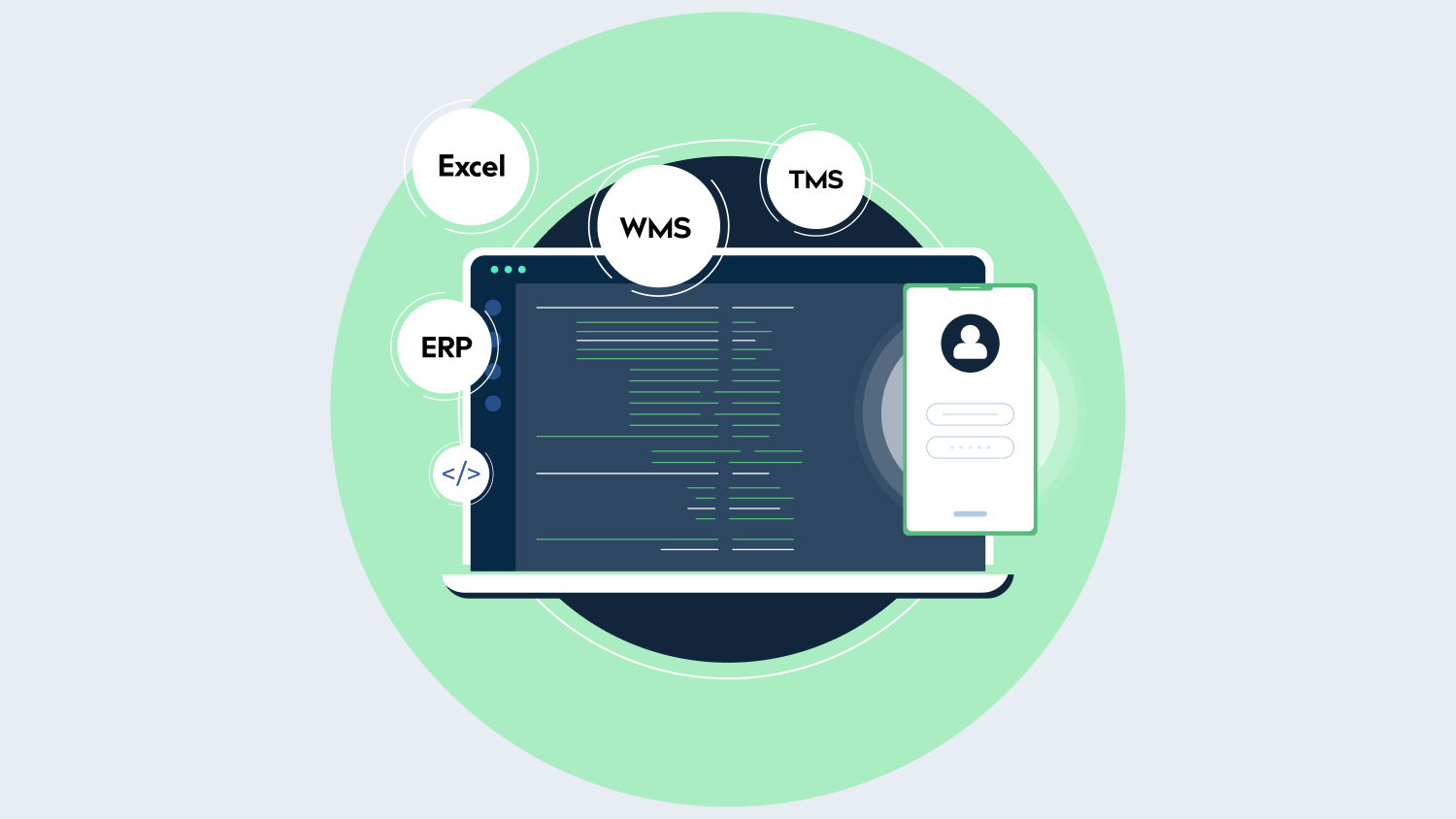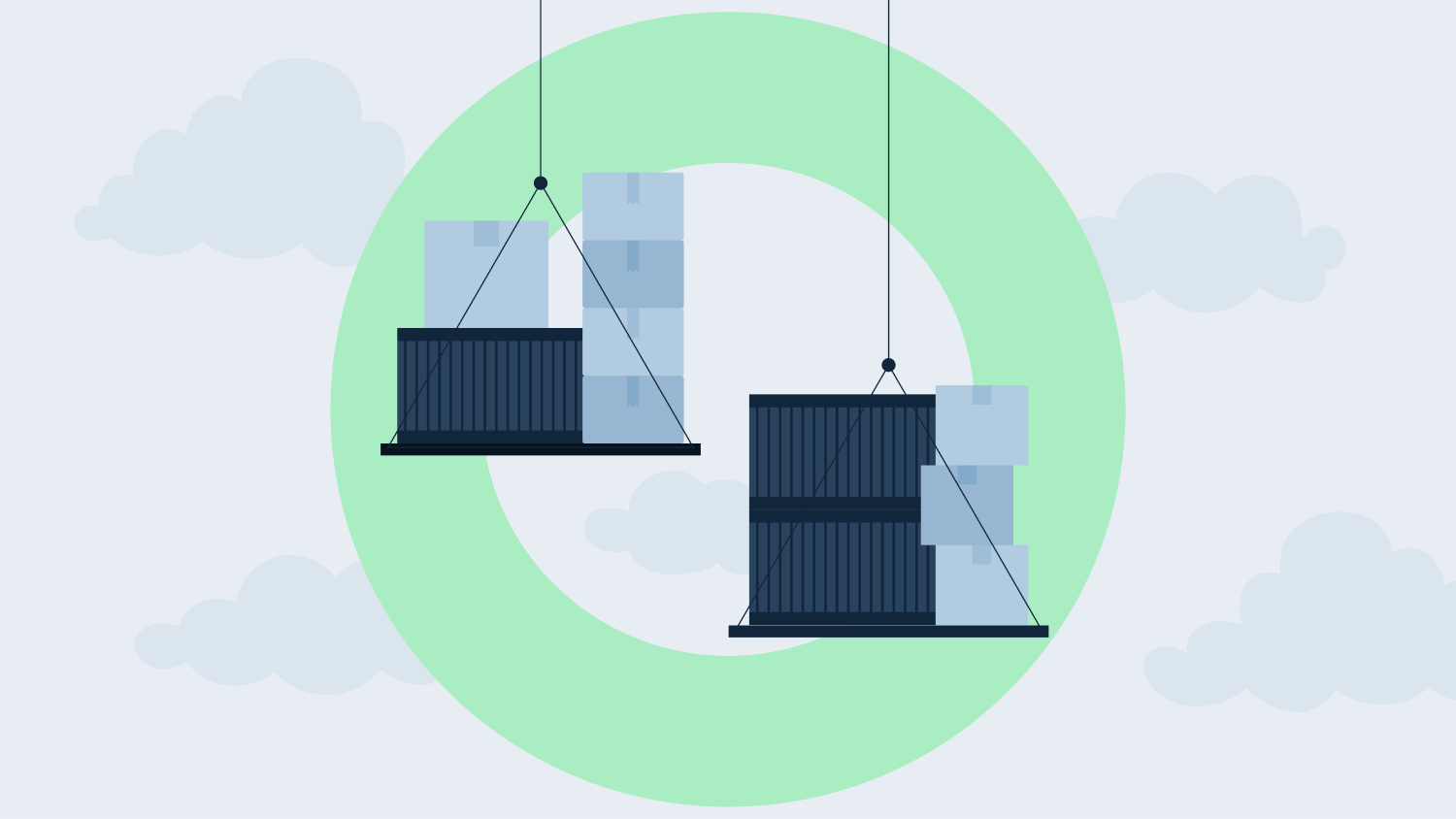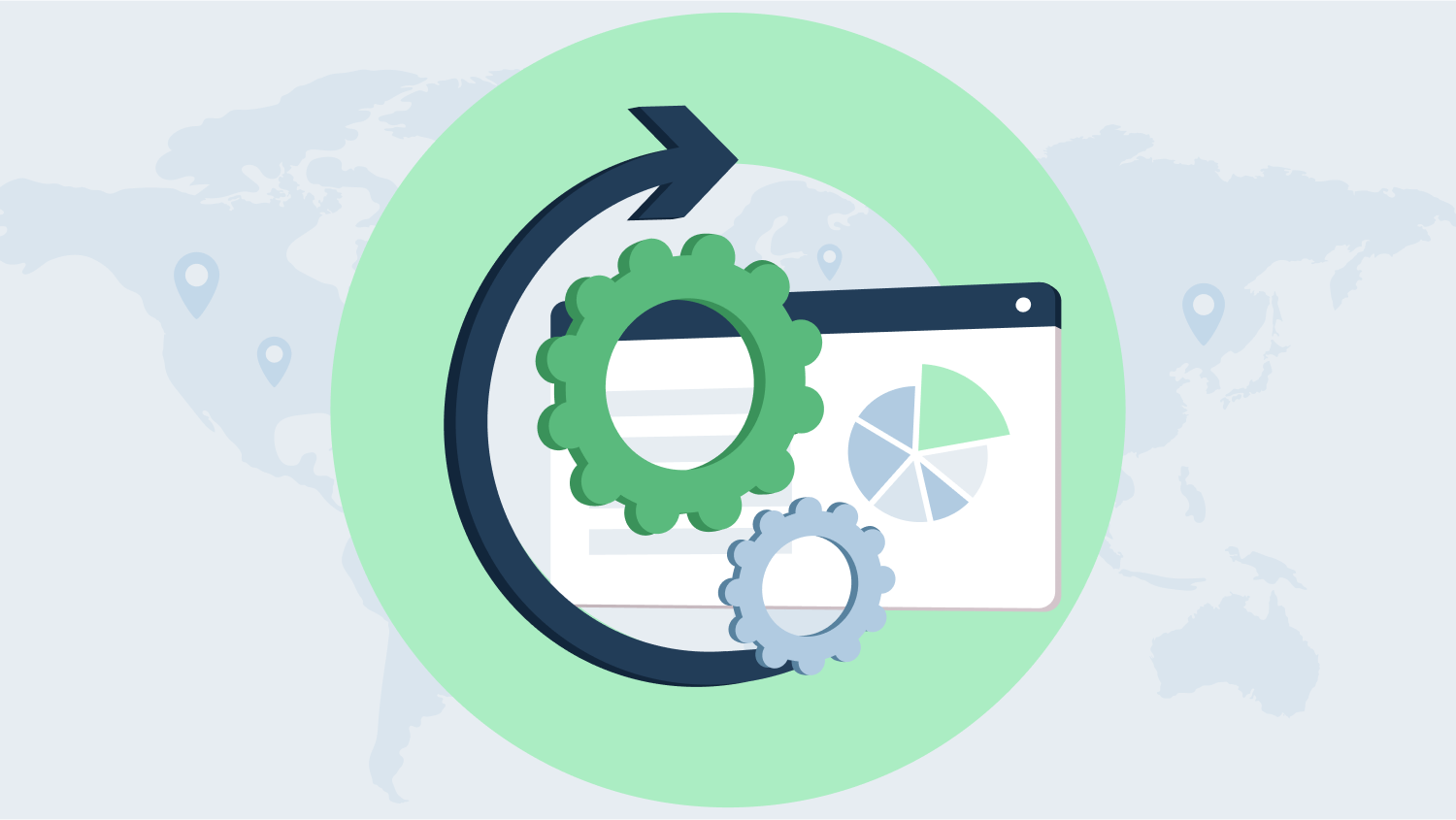Introduction
Trump’s tariffs threw global supply chains into the deep end. If you were sourcing from China in 2018, your landed costs likely spiked overnight. For many supply chain leaders, that wasn’t just frustrating—it broke their cost models.
Tariffs: The New Normal
Tariffs are no longer a one-off event—they’re part of the operating environment. If you’re not building your supply chain with tariffs in mind, someone else is—and they’re winning.
What This Isn’t About
This isn’t just:
- Shifting vendors
- Renegotiating contracts
- Haggling over freight rates
It’s about foundational strategy.
Rethinking Network Design for a Tariff-Driven World
Today, competitive advantage depends on building networks that bend without breaking. This requires a proactive approach at the design stage, not reactive fixes after the fact.
Key Factors to Account for Early:
- Tariffs and Duties: Model different tariff scenarios and their impact on landed cost.
- Supplier Risk: Consider geographic concentration and political exposure.
- Policy Volatility: Monitor trade policy trends and build flexibility into sourcing options.
Tariffs = A Core Planning Variable
Tariff risk should be treated like any other source of uncertainty:
- On par with demand volatility
- As critical as lead time variability
“Companies must model tariffs in their planning tools if they want to stay agile and profitable.”
— Planning for Supply Chain Uncertainty Under Trump
The Cost of Inaction
Ignore tariff risk and you could end up:
- Paying significantly more for materials
- Delivering slower than competitors
- Reacting instead of leading
The Opportunity in Trade Disruption
Account for tariffs early and you:
- Build resilience into your network
- Improve cost competitiveness
- Create opportunity amid disruption
Why Supply Chain Network Design is Your Strategic Tariff Shield
When tariffs shift overnight, your spreadsheet won’t save you. What will? A supply chain network designed to absorb economic hits before they become financial losses. That’s where true strategy lives — not in reacting, but in anticipating.
Supply Chain Network Design gives you the keys to see around corners. It lets you model cost-to-serve under different tariff regimes, mapping trade routes, sourcing strategies, and duty impacts before they hit P&L.
Done right, it becomes your built-in contingency plan. With the right tooling and data, you can align upstream decisions—where to source, how to move, where to make—with downstream constraints like tariffs, duties, and border delays. It’s no longer about lowest unit price—it’s about lowest total landed cost, all-in.
More importantly, you can simulate the “what-ifs.” What if a 100% tariff hits China? What if Vietnam gains trade preference? By running these scenarios, you pivot faster than your competitors. No scrambling. No reactionary chaos. Just movement with intention.
Too many firms are still treating network design as a project—not as a capability. But in today’s world, it is the capability. As SCMR puts it, smart network design is a long-term investment that pays off under pressure: Supply Chain Network Design for Success. It’s not just supply chain—it’s your first line of defense.
Looking to unpack the fundamentals of this approach?
🔍More can be found through: What Is Supply Chain Network Design and Optimisation.
Redesigning Your Network to Minimize Tariff Exposure
There’s no sugarcoating it—tariff costs hit the bottom line hard. If you’re still locked into a legacy sourcing model, you’re likely bleeding margin unnecessarily. The good news? Redesigning your supply chain network to reduce tariff exposure isn’t rocket science—it’s strategy, simulation, and smart execution.
- Start with your supplier matrix. If 80% of components are coming from a single country, and that country’s in the tariff crosshairs, you’re exposed. Shift to a multi-regional sourcing model. Tap suppliers in compliant or lower-duty nations. Maybe it costs a bit more per unit, but the landed cost tells the real story—especially after tariffs bite.
- Leverage Free Trade Zones (FTZs) and bonded warehouses. These aren’t loopholes—they’re legal, high-leverage tools for deferring or avoiding duties entirely, especially for re-exported goods. When combined with a flexible routing model, you start gaining serious control over customs costs.
- Now layer on a network design platform to test production and distribution scenarios. Want to relocate manufacturing to Vietnam? Shift final assembly to Mexico for NAFTA benefits? You can simulate it first. Tools like this one let you model real-world outcomes before you make real-dollar decisions.
- Finally, use data to your advantage. Through intelligent decision simulation, you can optimize for tax and duties—getting proactive about compliance without padding your cost base. Combine that with trade-sensitive tools like Tax and Duties Optimization and you’re turning policy volatility into strategic leverage.
One thing’s clear: the companies that survive in a tariff-heavy environment don’t just react—they design. As outlined in this tariff strategy guide, adaptability is the top currency in global trade. Your network’s future depends on how quickly and precisely you can pivot.
Planning Levers Beyond Network Change
Not every chess move happens at the network level. Sometimes, the edge also lies in how you manage what’s already in motion.
Forecasting with Tariff Risk
Start with your forecasting engine. It’s not about perfect foresight—it’s about being less wrong, faster.
- Integrate tariff risk directly into demand-supply balancing models.
- Align sourcing logic to automatically favor lower-duty geographies.
- Build flexibility into your models to respond to duty or tax shocks dynamically.
Smarter Inventory Buffers
Border delays aren’t just annoying—they can wreck service levels. Manage inventory to absorb volatility without draining your cash.
- Invest in regional warehousing to reduce dependency on long lead times.
- Use Holistic Inventory Optimization to balance cost, risk, and service.
- Connect real-time lead times with customs risk data for agile planning.
🔗Learn more: Holistic Inventory Optimization
Budgeting as a Strategic Tool
It’s time to link financial planning with operational agility.
- Use Annual Budget Planning to align boardroom strategy with frontline execution.
- Tie network costs and tax exposure explicitly to your planning cycles.
- Build in scenario modeling for tariff changes before crises force your hand.
Stop waiting for certainty. Instead:
- Act faster
- Adjust proactively
- Stay strategically ahead
🔗Learn more: Annual Budget Planning
Conclusion
The New Reality: Volatility Over Stability
Trying to predict political or trade policy shifts is a losing game. Instead, smart companies are accepting volatility as the new normal—and designing their supply chains accordingly.
Why Network Design Matters
Supply Chain Network Design isn’t just a planning function—
It’s your insurance policy. With the right models in place, you can:
- Simulate duty exposure before it hits your bottom line
- Reroute flows around costly trade bottlenecks
- Pivot sourcing strategies when markets shift
- Assess impact scenarios before changes go live
This approach isn’t reactive—it’s resilient. It’s less about perfection, and more about built-in flexibility.
Action Step: Build for Adaptability
Bottom line? Treat adaptability like a KPI. Here’s how:
- Bake flexibility into your supply chain by design
- Use scenario modeling to stay one step ahead
- Invest in network design tools that help you pivot fast
If you’re ready to build a supply chain that flexes, not fractures, start here:
Let me know if you’d like to tailor this more for a specific audience (e.g., CFOs, supply chain planners, manufacturing leaders, etc.).
FAQs
1. How can I adjust my supply chain network to avoid tariff exposure?
Start with visibility. Map your current sources, routes, and duty rates. Then, run scenarios—what if you sourced from Vietnam instead of China? What if your assembly shifted to Mexico? Using Supply Chain Network Design as your core planning tool lets you simulate the total landed costs under different sourcing and logistics configurations. The goal isn’t perfection. It’s optionality. You want a network that can pivot fast when policy shifts hit. Consider leveraging bonded warehouses and Free Trade Zones to delay or reduce duties while maintaining service levels. This guide from Logistics Viewpoints breaks down three proven strategies worth implementing: Terrified of Tariffs? Three Key Strategies.
2. What data is required to run tariffs scenarios effectively?
You’ll need accurate data across suppliers, SKUs, HS codes, duty rates, Incoterms, freight lanes, and facility operations. Also critical: trade volumes and demand forecasts by region. The best insights come when this data is tied to landed cost drivers. Don’t treat it as a one-time task—keep data refreshed so your digital twin reflects today’s world, not last quarter’s assumptions.
3. What's the ROI of redesigning a supply chain in response to tariffs?
We’ve seen teams justify major redesigns with 5–12% in landed cost savings once they realign for tariff exposure. But the bigger return is resilience. You’re not just reacting—you’re building a network that absorbs shocks. That puts you ahead of competitors locked into rigid cost structures. And when the next trade policy rolls out, you’ll already have the levers in place.









